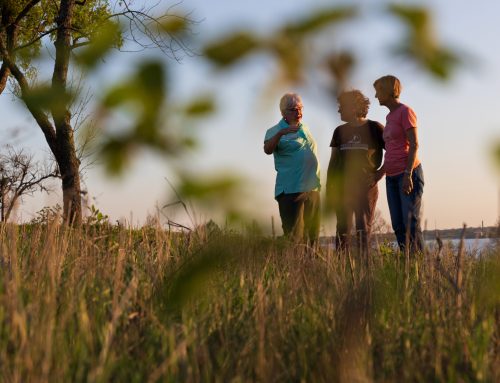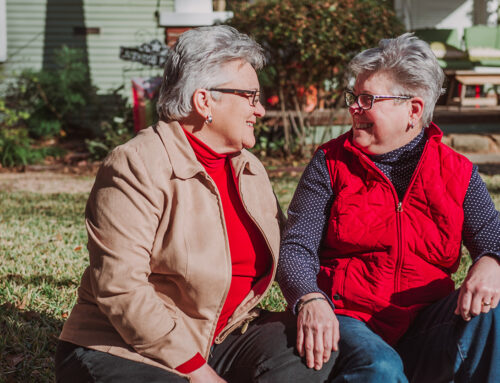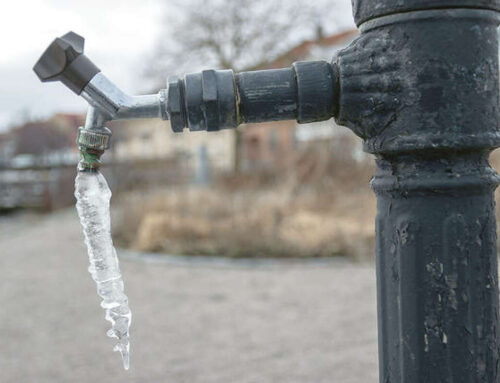Somehow, we’ve become a city of water conservers
On Sept. 4, 2000, the high temperature was 111 degrees, and Dallas residents used 789 million gallons of water, the peak that year. On Aug. 8, 2011, the high was 105, and we used 628 million gallons of water, the most last year.
Which means, as difficult as it is for cynics like me to believe, that the city — and its residents — have apparently gotten the hang of this water conservation thing.
“Dallas residents should be really proud of themselves for doing the right thing,” says Yvonne Dupre, who is the drought response coordinator for Dallas Water Utilities. “Obviously, a lot of the publicity goes to the times when people aren’t conserving water, just like all the attention goes to someone who blows through a stop light when most people don’t. But Dallas residents know how to do the right thing.”
This change in attitude about water is nothing short of amazing. Traditionally, the city’s approach to water conservation has been to build reservoirs, and even today, the City Council is reluctant to force residents to use less water by raising water prices (figuring, no doubt, that people who are wealthy enough to have lots of lawn shouldn’t be penalized for being wealthy). And those of us who live here seemed to be content with that. I can remember walking around my neighborhood a decade ago and seeing the same sprinklers going every morning, throwing water on the grass, the sidewalks and even the street.
But no more. Not only do we apparently use less water than we did a decade ago, but we use less per person. The formula is a bit complicated, since it has to take into account weather patterns and daytime population (all those people in Plano aren’t at home during the day, but at work using Dallas’ water), but we may have cut our daily water use by as much as one-quarter.
Even more impressive is that we did this mostly by reducing the amount of water used for grass. Talk about a lifestyle change: About 40 percent of our water use goes to make our grass as green as possible, and that figure has been as high as 50 percent in the past decade. Or, to paraphrase a lawn guy I know, that Dallas residents would agree to throw less water on their yards — especially when the city is asking them not to — is as unbelievable as expecting us to give up the Cowboys, Tex-Mex and Chevy Suburbans.
Dupre credits this change to the decision in 2002 to prohibit lawn sprinkling between 10 a.m. and 6 p.m. from April through October. At the time, this seemed to many like a not very serious attempt at conservation — a bone thrown to those of us who thought Dallas should do something besides build more reservoirs. But, says Dupre, the mid-day watering ban did much more than that. First, though it didn’t reduce water use by much, it did reduce it — something that we had never really done before. Second, and more importantly, it was the first step in making most of us realize that conservation was something to we needed to know about. We learned how to use water correctly, she says, and by doing so changed our approach to water.
And not a moment too soon. Reservoirs are not the solution they once were, thanks to the city’s ongoing budget woes, the lack of federal funding to help build them, and resistance from East Texas residents whose homes and property would be flooded to build reservoirs. Dupre, who seems exceptionally media savvy, made sure to note that Dallas is depending more on conservation than ever — it now accounts for 35 percent of future planning for water use — and that the city understands that reservoirs are not the only way to prepare for future water needs.
Which, frankly, is as surprising as the success of the conservation program. Maybe the city has gotten the hang of this water conservation thing, too.





